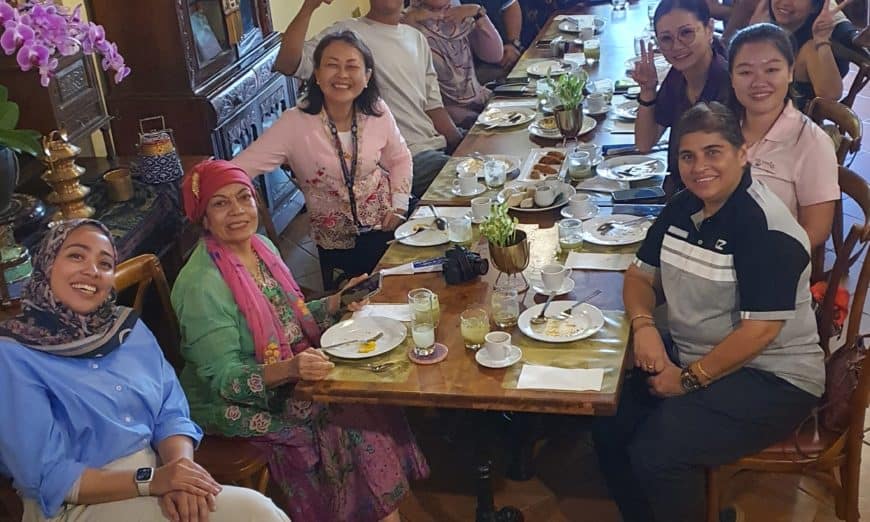A GROUP of approximately a dozen travel agents and media personnel recently had the opportunity to immerse themselves in the rich cultural heritage of Penang.
The two-day familiarisation tour in Penang was organised by the Malaysia Tourism Northern Region office. It introduced the participants to both the well-known Baba Nyonya Perakanan culture and the lesser-known Jawi Peranakan culture.
The participants, some of whom travelled as far as Kuala Lumpur, were accommodated at a heritage hotel in George Town for the duration of their stay in Penang.
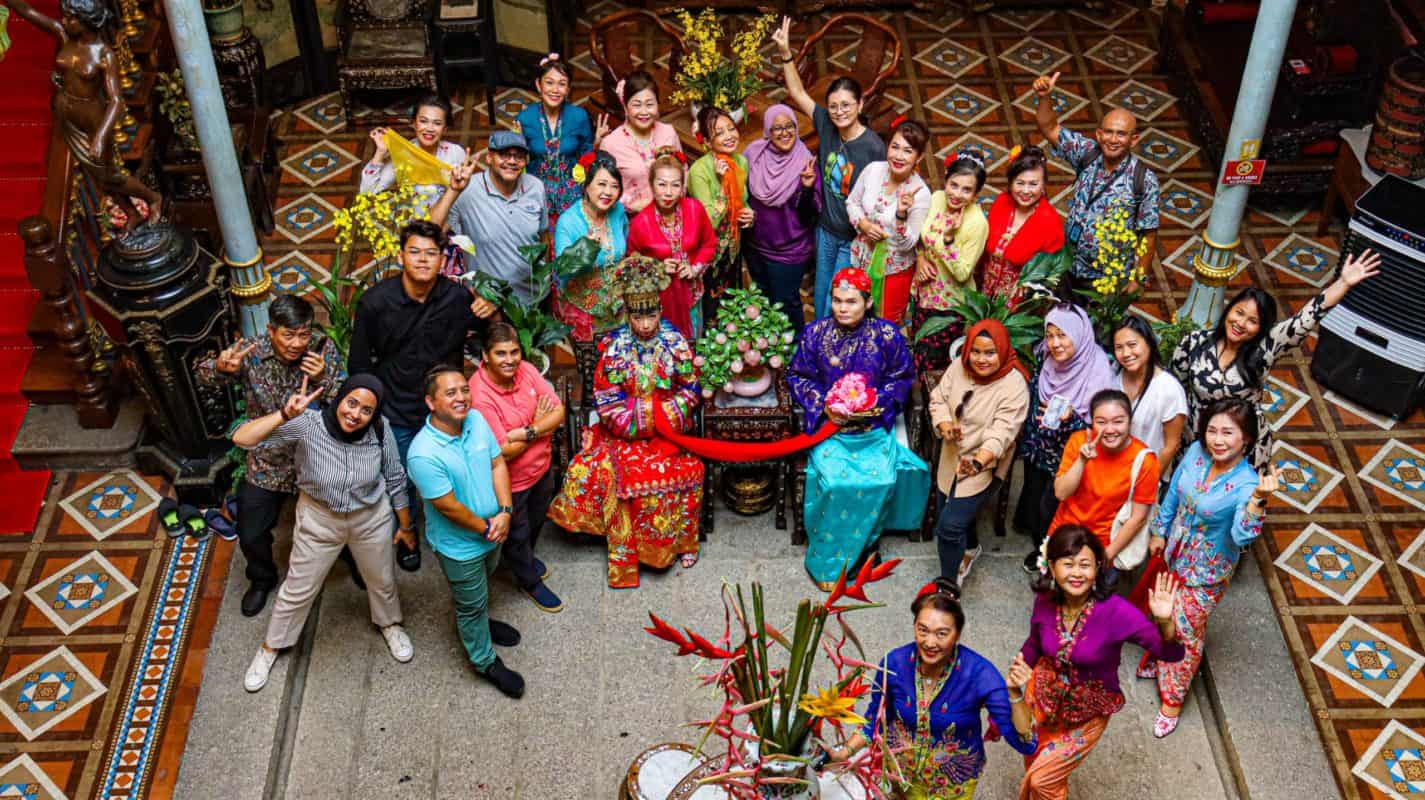
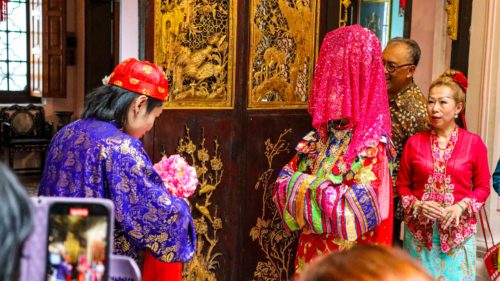
During their visit, they explored various cultural attractions, including Peranakan Mansion on Church Street, the bustling Chowrasta Market, the vibrant Little India, and the artistic Jonathan Yun Sculptural Jewelry, among others.
The tour included delightful culinary experiences. The group savoured delectable Peranakan dishes at the Yeng Keng Restaurant on Chulia Street, sampled the cuisine at the Michelle one-star Aunty Gaik Lean’s Old School Eatery on Bishop Street, and enjoyed a culinary journey at the Jawi House Café Gallery on Armenian Street.
Notably, this tour marked the first time that the Malaysia Tourism Northern Region office had included both the Peranakan Baba Nyonya and Peranakan Jawi cultures in the same itinerary.
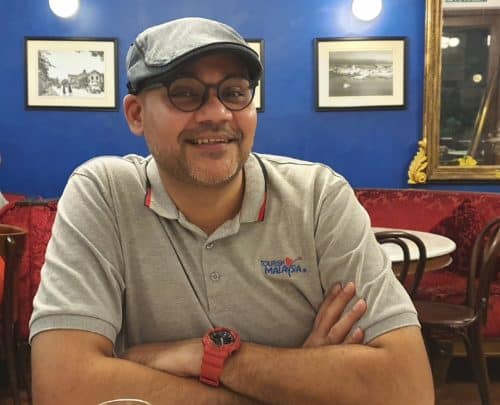
According to its director Shahrul Aman Sabir Ahmad, the primary objective was to promote Penang’s heritage as George Town is a UNESCO World Heritage Site.
“Penang is renowned for its Peranakan culture, with the Baba Nyonya being more commonly known. However, the tour also aimed to shed light on the unique Jawi Peranakan culture specific to Penang.
“While many people are familiar with Baba Nyonya food, they often lack knowledge about the broader Nyonya culture and the distinctive Jawi Peranakan culture found only in Penang.
“The Jawi Peranakan culture traces its origins to the intermarriages between traders from the Middle East, particularly the Arabs, and local Malay women residing in Penang during the 18th Century.
“There are lots of packages where people do for Nyonya experience. People come here to visit Peranakan Mansion, which is common. But they don’t know there are other things they can still explore about Nyonya culture, like the Jawi Peranakan culture which is now slowly dying and people are slowly forgetting about it,” Shahrul explained to Buletin Mutiara.
The Jawi Peranakans were usually rich and lived in towns. But today, the Jawi Peranakan community has dwindled over the years as many of them registered as ‘Malays’.
One of the well-known Jawi Peranakan families is associated with Habib Jewels Group, a prominent jewelry brand in Malaysia.
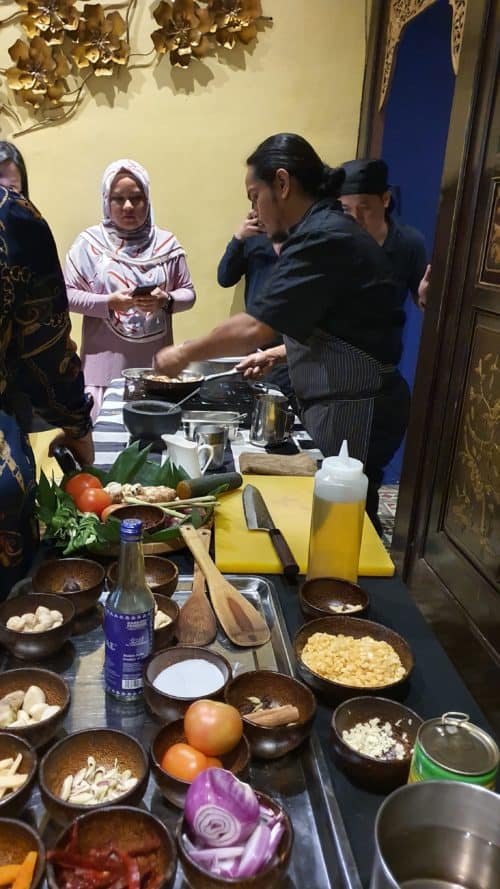
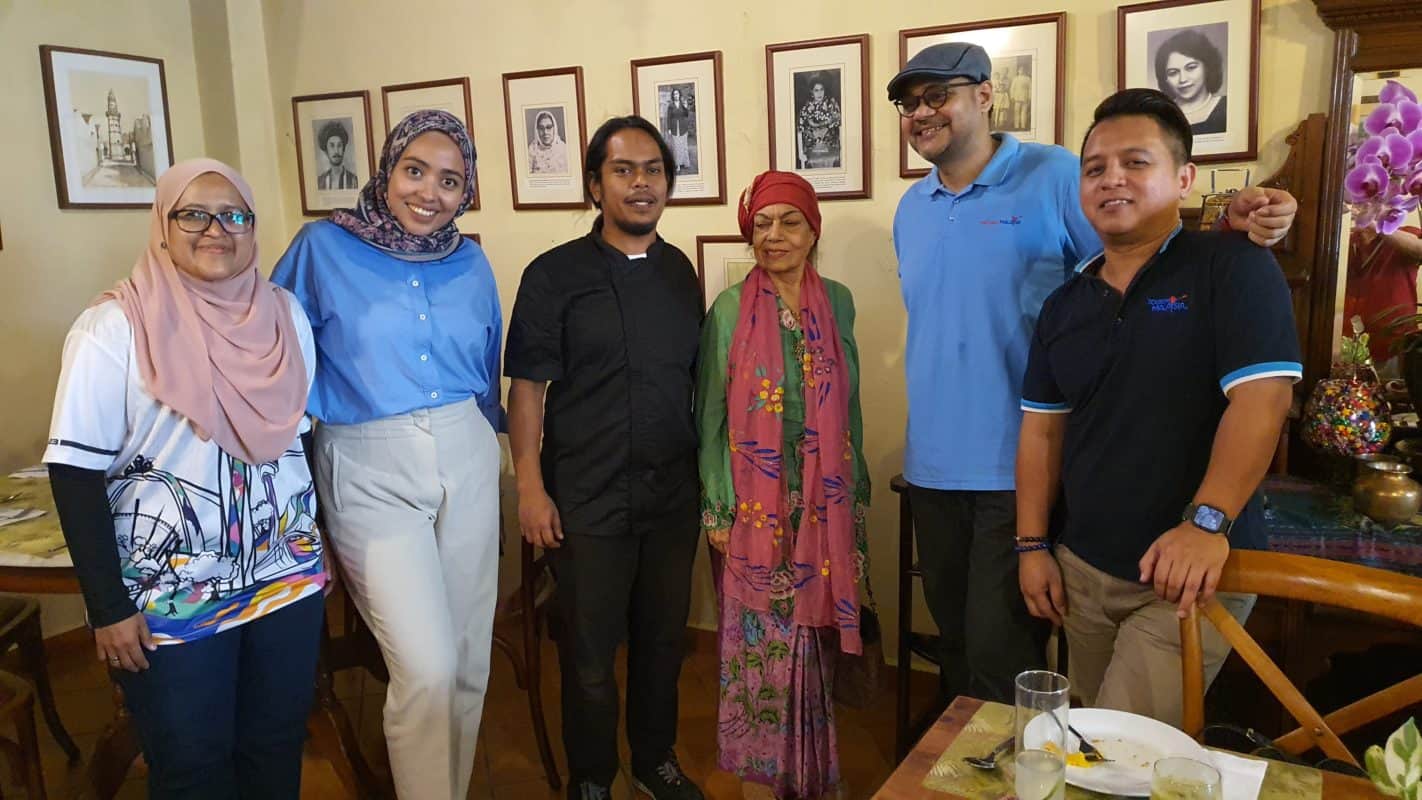
The group also visited the Jawi House, where they witnessed chef Nurilkarim Razha prepare nasi kacang, yellow rice with dhal (kacang) served with ayam roast. This visit was completed by a sumptuous dinner, and they had the privilege of meeting Nurilkarim’s mother, Prof Emerita Dr Dato Begum Wazir Jahan Karim, a good cook herself.
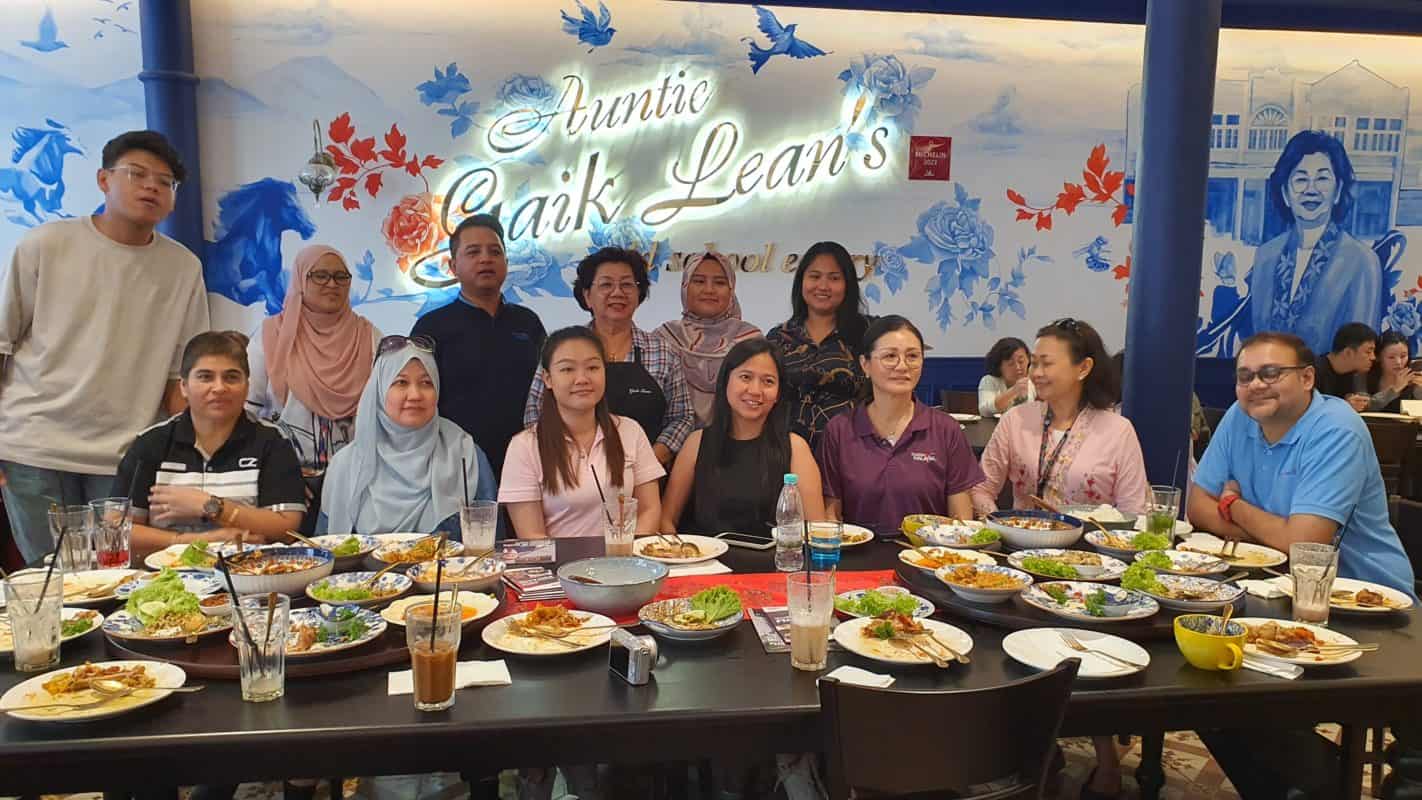
Earlier in the day, the group had savoured the Peranakan Baba Nyonya dishes at Aunty Gaik Leng’s restaurant and had the chance to meet Aunty Gaik Leng in person. They also took the opportunity to pose for photographs with her.
The visit to Peranakan Mansion was a highlight, featuring a captivating dance performance by a group of Baba Nyonya dancers and a mock Baba Nyonya wedding ceremony. This was thoughtfully arranged for them by Lilian Thoong, the president of the Persatuan Peranakan Baba Nyonya Pulau Pinang.
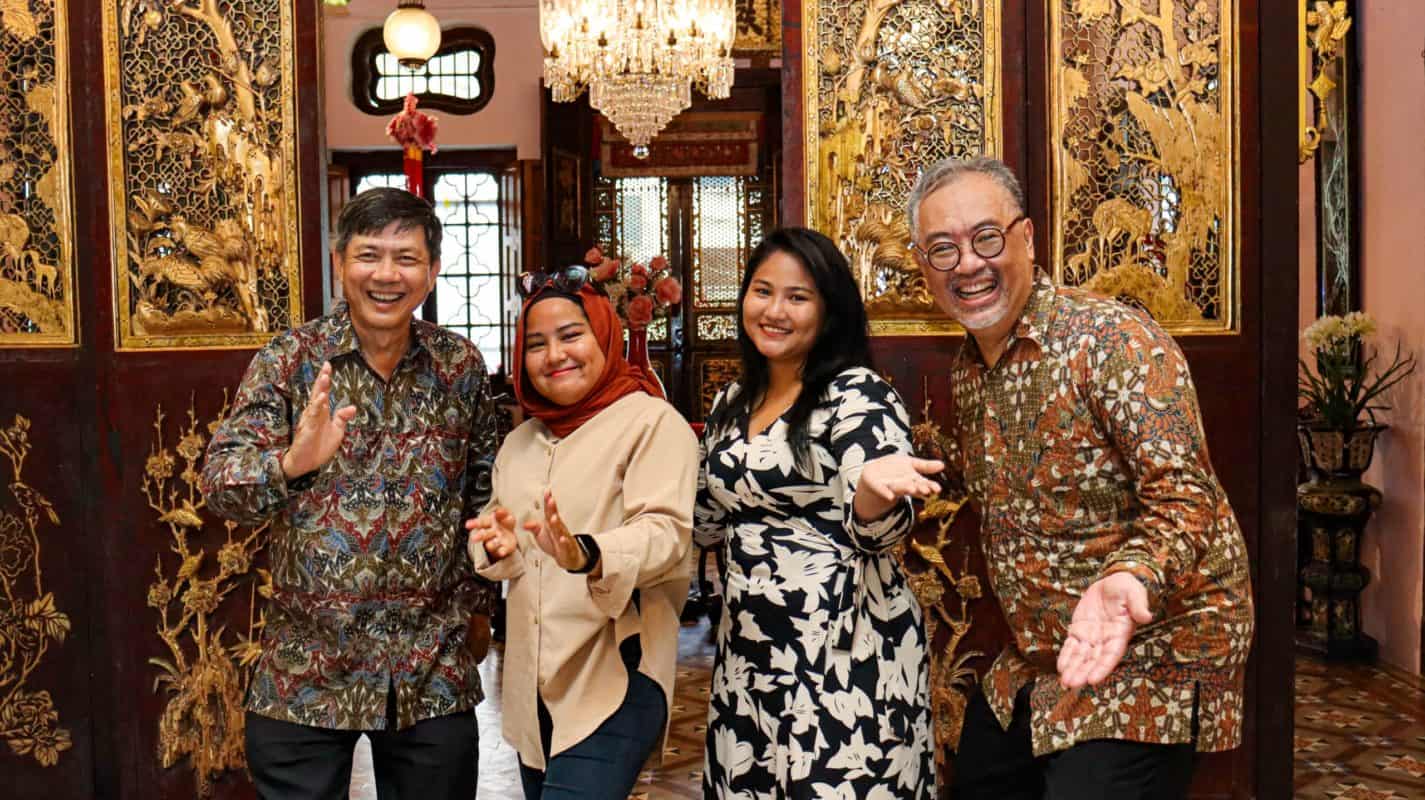
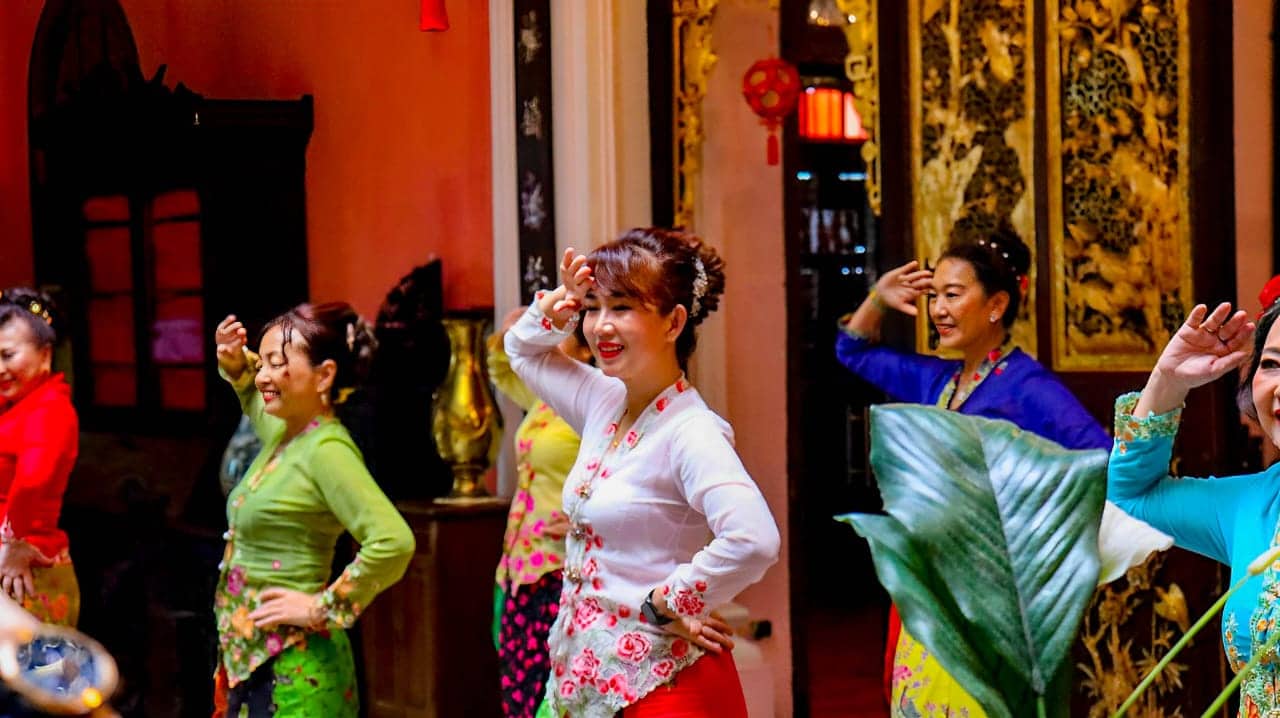
Guiding the tour was an in-house expert, Baba Stanley Teoh, who delved into the history of the mansion, which was built in 1895, more than 100 years ago, by Kapitan Cina Chung Keng Kwee.
He also highlighted various items on display in the museum and provided insights into the ancestral hall, the bridal room, and diverse collections.
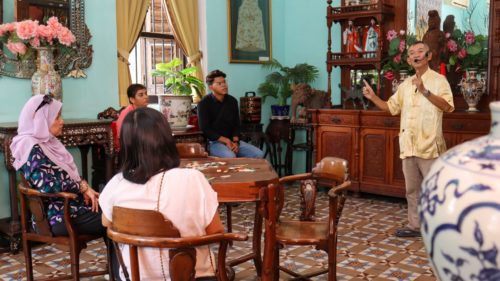
The Peranakan culture, a product of intermarriages between Chinese immigrants and the local women, who could be Malays, Javanese, and Siamese between the 14th and 19th centuries, is represented by descendants known as Baba Nyonya. Baba refers to males while Nyonya refers to females.
There are still a number of them, especially in the Straits Settlements of Melaka, Penang, and Singapore, and also Phuket in southern Thailand.
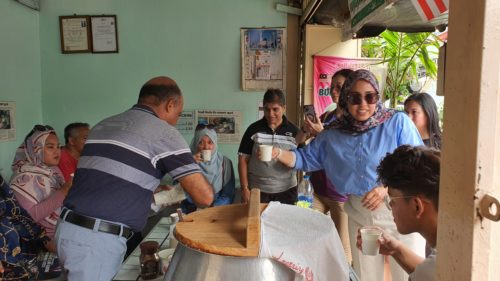
Teoh, however, pointed out distinctions between Penang Peranakans and their southern counterparts from Melaka and Singapore.
One notable difference is the language. Penang Peranakans predominantly speak mostly Hokkien and some Malay, whereas the Melaka, Indonesia, and Singapore Peranakans speak mostly Malay and some of their local dialect.
Even their cuisine tastes different. In the north, the Nyonya food is influenced by the Thais with its tangy and salty dishes. In contrast, Melaka’s Nyonya dishes tend to have a sweeter and creamier taste. Teoh said the Melaka, Indonesia, and Singapore Peranakans follow more the Malay style of cooking, though the modern generation has introduced some fusion elements.
The familiarisation tour provided valuable insight to the travel agents, and they expressed their gratitude to Tourism Malaysia Northern Region for the opportunity.
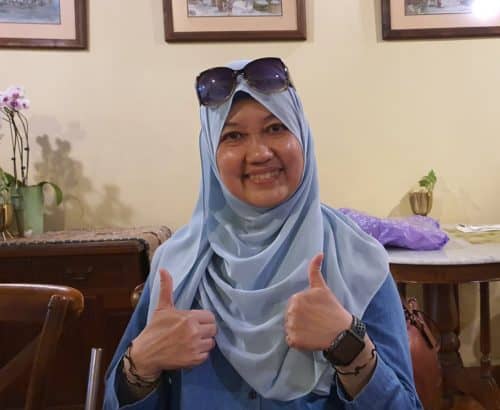
Rosini Ahmad, the managing director of Permai Rantau Travel Sdn Bhd, said she was honoured to be part of the tour and emphasised the value of learning about local culture and cuisine.
“When I heard that the trip had to do with a Peranakan trail in Penang, I was excited because I thought Peranakan culture was exclusive to Melaka. Now that I am here, I discovered that there are two types of Peranakans in Penang – Peranakan Baba Nyonya and Peranakan Jawi.
“At the Peranakan Mansion, there are so many artifacts and hand-drawn photographs to marvel at. We even had the privilege of witnessing a Baba Nyonya mock marriage. When I shared them on social media, my friends responded with ‘Wah! So nice and colourful.’
“Tourism Malaysia also brought us to the Peranakan restaurants so that we can taste the food. Although the dishes might appear quite similar, the taste differed.
“We also ventured into Little India, where we stopped at a tea stall to have tea. The stall owner claimed that the tea had healing properties. You can also get putu mayong and bubur kacang in that area, certainly more options for tourists visiting the state renowned for its nasi kandar, mee udang, and cendol,” Rosini said.
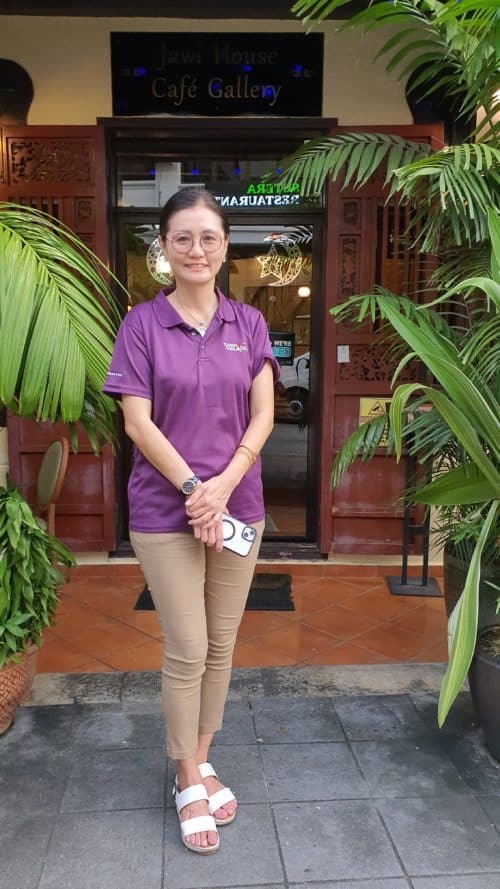
Another travel agent, Esther Saw, who runs Time Free Vacation Sdn Bhd in Ipoh, said even though as a Nyonya herself, she learnt new things about Peranakan culture during the trip.
“The new generation does not know much about Peranakan. There are distinctions between the Melaka and Penang Peranakans in terms of their culinary preferences and attire. For instance, my grandmother told me that ‘perut ikan’ is found in Penang but not in Melaka.
“The ‘otak-otak’ is also different. In Penang, it is typically served in steamed ‘daun pisang’ (steamed banana leaves), but in Melaka, is it served in ‘daun pisang bakar’ (grilled banana leaves) and the taste is entirely different. I like the Penang style and my aunt knows how to prepare it.
“By bringing us here, Tourism Malaysia enables us to know more about our local culture and cuisine and we can promote these cultural treasures to domestic tourists interested in exploring their own heritage,” Saw said.
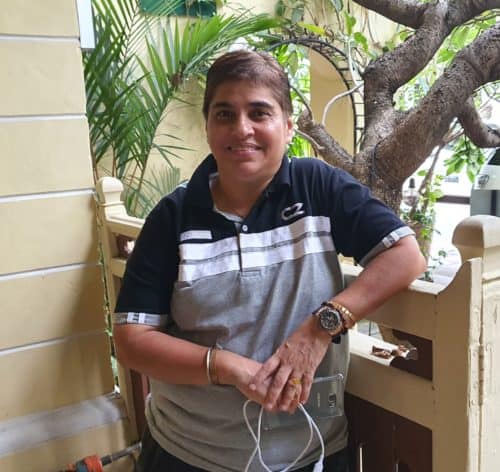
Balbir Kaur, the product development senior manager of TM Tours & Travel Sdn Bhd in Kuala Lumpur, expressed her appreciation to the Tourism Malaysia Northern Region’s to promote this unique cultural heritage.
“By this initiative, we get to distinguish between the different aspects of Baba Nyonya and Jawi Peranakan cultures.
“We always think that Melaka and Penang Peranakans are the same, but now that I have participated in this tour, I realised they each have their distinctive cultural identities.
“As a tour agent, I think this is something that I have to share with the public, especially Malaysians, and develop some packages. I want to encourage people to explore and embrace our heritage and culture.
“Even though we have only a short tour, I would describe it as a superb and enlightening experience. Even the tea that we enjoyed in Little India was an experience that you could not get in places like Ipoh or KL,” Balbir said.
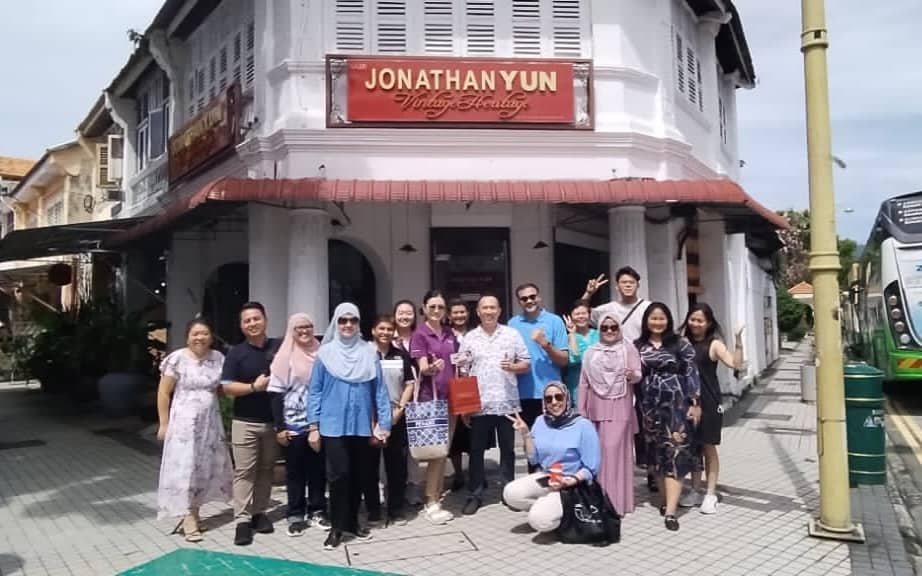
After this enriching Baba Nyonya experience, the travel agents, who were graciously hosted by Malaysia Tourism Northern Region deputy director Siti Hajar Mohd Yunus and her officer sNurina Saud and Yusof Hashim, were thoroughly satisfied and inspired.
With their newfound knowledge, they are ready to curate exciting packages to offer to their clients, thereby promoting the cultural and culinary treasures of Penang.
Story by K.H. Ong
Pix by Vekenesvaran Magandran and courtesy of Tourism Malaysian Northern Region

